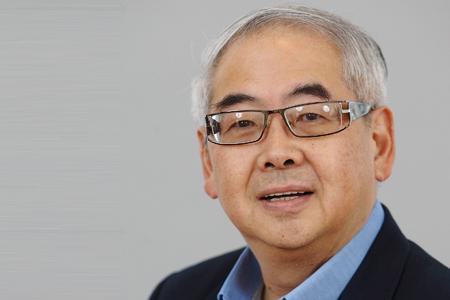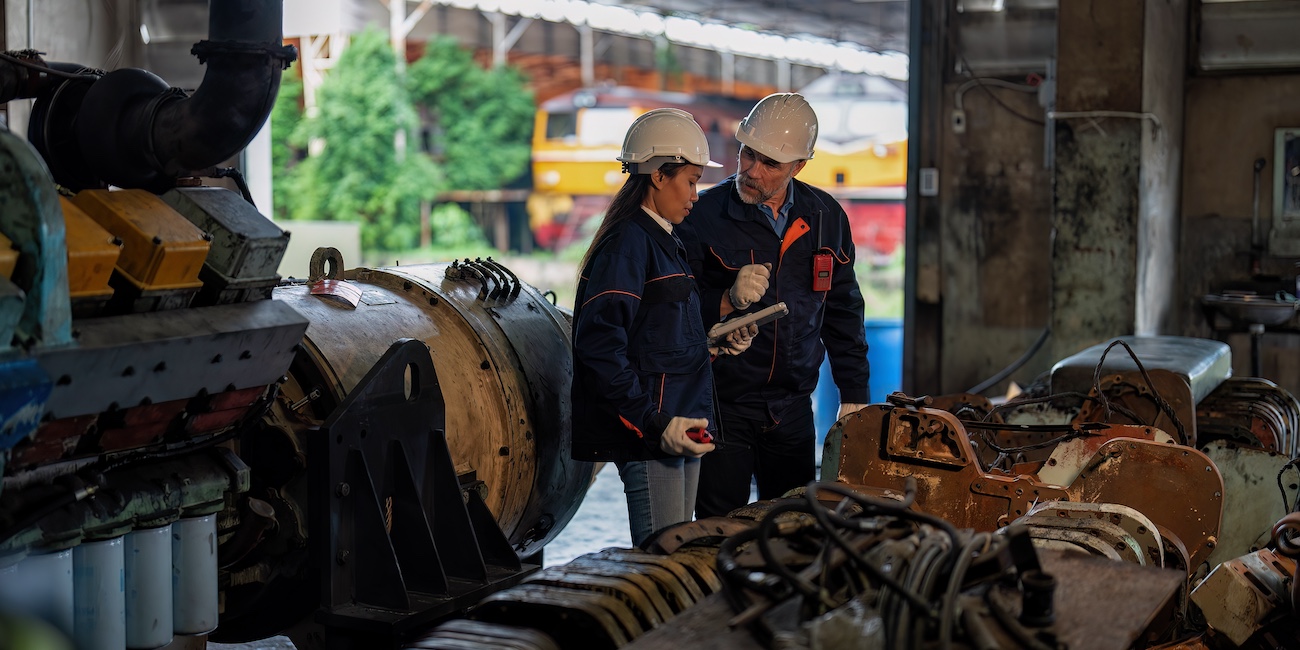
The J-Cost theory
FEATURE – The approach described here, first adopted by this Chinese company, directly connects the daily work in manufacturing with an organization’s financial results.
Words: Marcus Chao, President, Lean Enterprise China
The fact that inventory reduction is typically not recognized as a cost saving due to current accounting practices has long been a sore point between manufacturing and finance. Attempts to try and pull the two functions closer together so they can jointly drive company revenues and profit have thus far led to no major breakthrough.
Yet, finance departments often apply the lean lessons learned in manufacturing in their daily activities. Two examples are ECRS – Eliminate, Combine, Reorganize, and Simplify – principles, often used in the financial context to reduce waste, and value stream thinking, deployed to identify a product cost from end to end.
In situations in which outdated processes create confusion and rework for employees and delay approval from supervisors at different levels of the business, ECRS can help clean up redundant forms and procedures and shorten the lead-time of the process. As for the value stream view of the financial system, it is all about recording revenue and costs for each individual product from end to end. Traditionally, financial systems utilize data that refers to a variety of products, making it difficult to calculate revenue and cost for individual products and therefore knowing whether or not they are profitable.
I was recently pleased to discover another lean finance theory called “J-Cost”, discussed in the book Toyotashiki Kaizen No Kaikegaku (available in Japanese and Chinese). The author, Mr. Masatomo Tanaka, is a former Toyota Department Director at HQ, responsible for manufacturing and logistics. After retirement in 2001, he devoted much time and effort to research how to fulfil the noble dream of bridging manufacturing and finance and allowing them to enhance a company’s value together.

The “J” in J-Cost refers to the word Jikan, “time” in Japanese. The innovation of the J-Cost theory is that it applies a time element to the determination of a company’s profit. Rather than the traditional “profit rate = profit/cost”, it uses the formula “profit rate = profit/cost x time”. This emphasizes the importance of calculating the time loss resulting from holding large inventories as well as the lead-time of the overall process (the essence of TPS according to Taiichi Ohno).
Although the J-Cost theory sounds quite convincing, to my knowledge no company had actually tried to apply it. Until 2019, that is, when Chinese firm XinXiang Aviation Industry did it. It is a relatively large group with seven independent business units serving the automotive industry and other sectors.
XinXiang Aviation Industry learned lean manufacturing many years ago and, like many others, started with a few tools and hiring consultants to help. Unfortunately, despite many years of lean practice, they struggled to see results in terms of revenue, profit, or employee engagement. In response, top management decided to change course and leverage the J-Cost approach to align the daily work with the company’s financial results.
During the first four months, Tanaka-san came to China two days per month with a local consulting firm. The team of coaches could translate from Japanese to Chinese and vice versa and had the ability to follow up on the progress made during Tanaka-san’s visits. XinXiang Aviation Industry selected four business units within its portfolio to run the J-Cost experiment and appointed financial managers at each site to lead the implementation on various product lines. This was the first time that the company’s CFO and financial managers led the manufacturing team and other functions through an exercise to eliminate waste on the factory floor.
Before the application, they identified individual product value streams and learned how to determine the profit rate for each step in the process – from incoming material to shipping.
Many of the activities carried out as part of the experiment were considered little revolutions in the company. First of all, the fact that financial and other office staff showed up on the manufacturing floor frequently and led teams to learn and try out the J-Cost approach together. Secondly, the fact that the layout of many product lines as well as many financial processes were rearranged to align with the respective product value streams. Finally, the fact that the CFO himself led the team to apply the J-Cost approach to one product after the other.
The graph shows the lead-time of each step so that the entire team can see its impact on cost on the visual board. It clearly reveals the impact of the time factor in the overall value stream process, including the inventory of raw material, work-in-progress, and finished products as well as every manufacturing steps. It enabled working teams to visually identify any steps in the process that took an unreasonable amount of time and take immediate action to reduce the lead-time.

As a target, management set up a 30% increase in profit rate in one year for all the business units involved in the experiment and encouraged them to learn from each other. The Covid-19 pandemic brought international travel to a standstill, preventing sensei Tanaka from coming to China and leaving the implementation of the J-Cost approach to XinXiang Aviation Industry’s managers and local coaches. With the early successes achieved in inventory and lead-time reduction, top management committed to using the approach as a new benchmark of manufacturing productivity.
The new measurement system laid a foundation for cross-functional teams to drive material flow through value streams using on a pull system. In the past, front-line workers didn’t know much about flow and pull, but the implementation of this new method provided them with a visual way to see the impact of lead-time on financial results. J-Cost connected the daily work with the company’s financial results, which motivated employees to participate enthusiastically in the improvement work.
At the year-end project review, all four business units achieved the target of 30% profit rate increase. For XinXiang Aviation Industry, this meant a RMB 30 million reduction in inventory, a 10% reduction in lead-time, and 100% on-time delivery. This was a good start and the company realized that more efficiencies were waiting to be dug out of the process.

This was the first experiment with the J-Cost system ever run in a company and represented a significant breakthrough. In congratulating XinXiang Aviation Industry and Tanaka-san and his local consulting team for a job well done, I hope that the J-Cost system can help more companies link the daily work of front-line workers with the business’ financial results. This experiment proved that a cross-functional team made up of finance and manufacturing staff can effectively eliminate waste and shorten the lead-time to meet customer demand. While J-Cost is rooted in the foundational TPS concepts of flow and pull like many other lean practices, its uniqueness lies in the fact that it brings finance staff to the shop floor, thus getting the company one step closer to becoming a lean enterprise.
THE AUTHOR

Read more


FEATURE – To accelerate learning and change, don’t copy blindly—observe, adapt, and apply with purpose. That’s how yokoten drives real transformation, argues the author.


FEATURE - Effectively dealing with a problem means learning to solve it in a variety of scenarios, not perfecting a point solution. For too long in lean we have only focused on gaining reusable knowledge... but what about reusable learning?


FEATURE – Because each lean transformation is unique, we can't expect an off-the-shelf solution to work. The author discusses multi-dimensional transformations and how we can be flexible but also structured.


FEATURE – Lean book clubs as a way to boost learning and collaboration. A Norwegian firm that has been using them for a decade gives us a few tips on how to make them successful.

